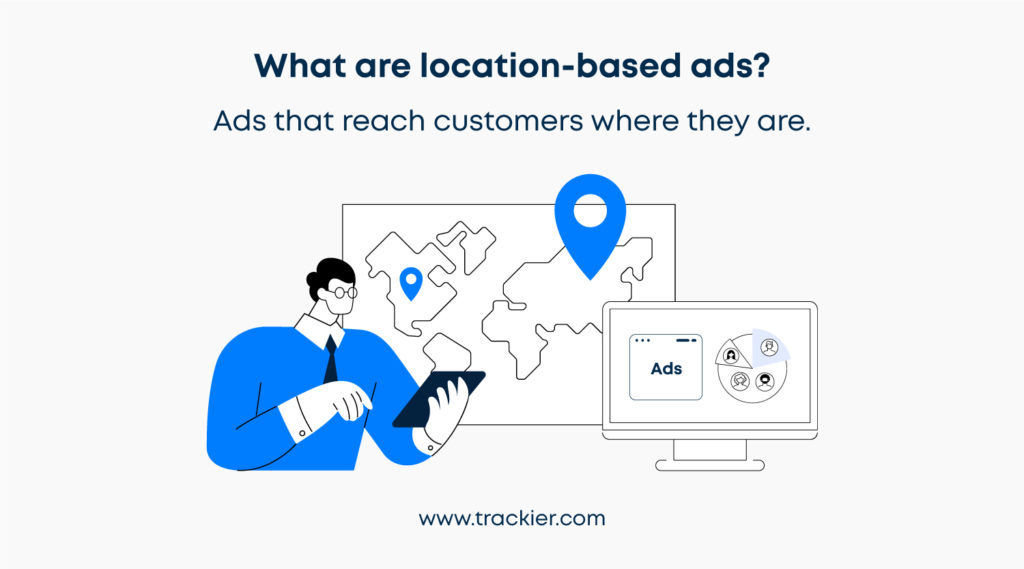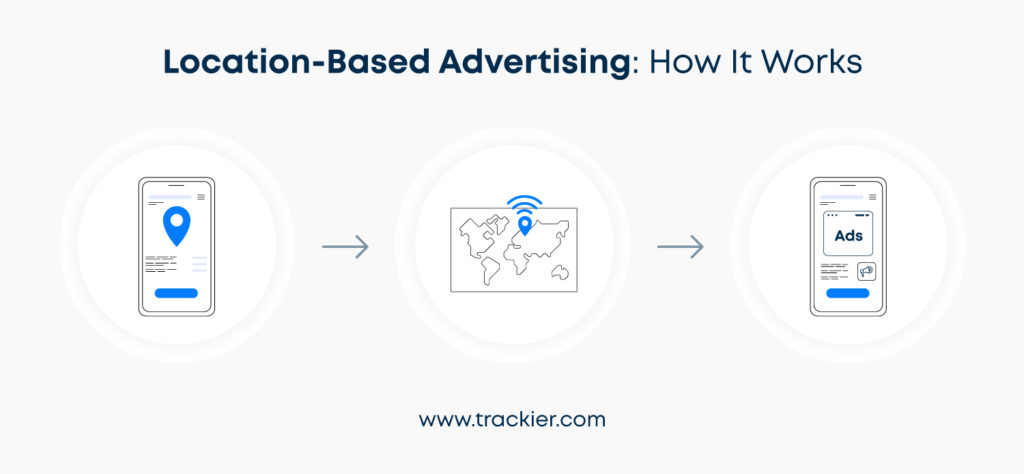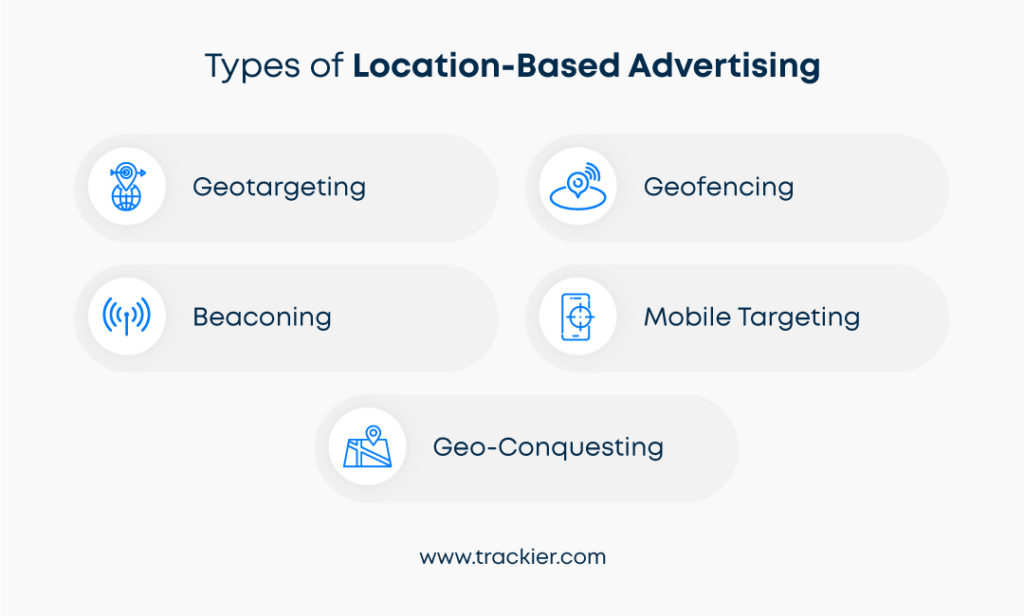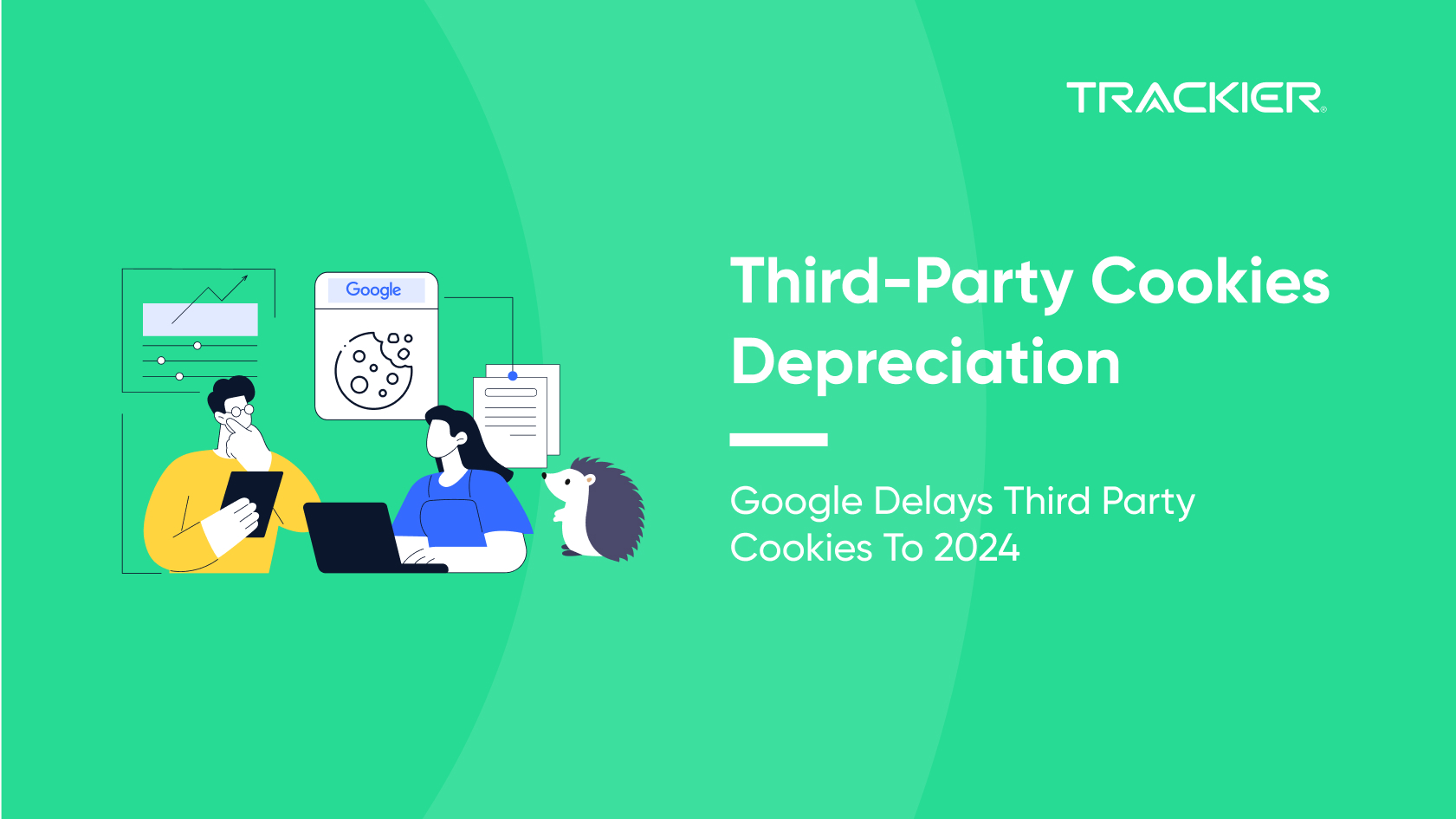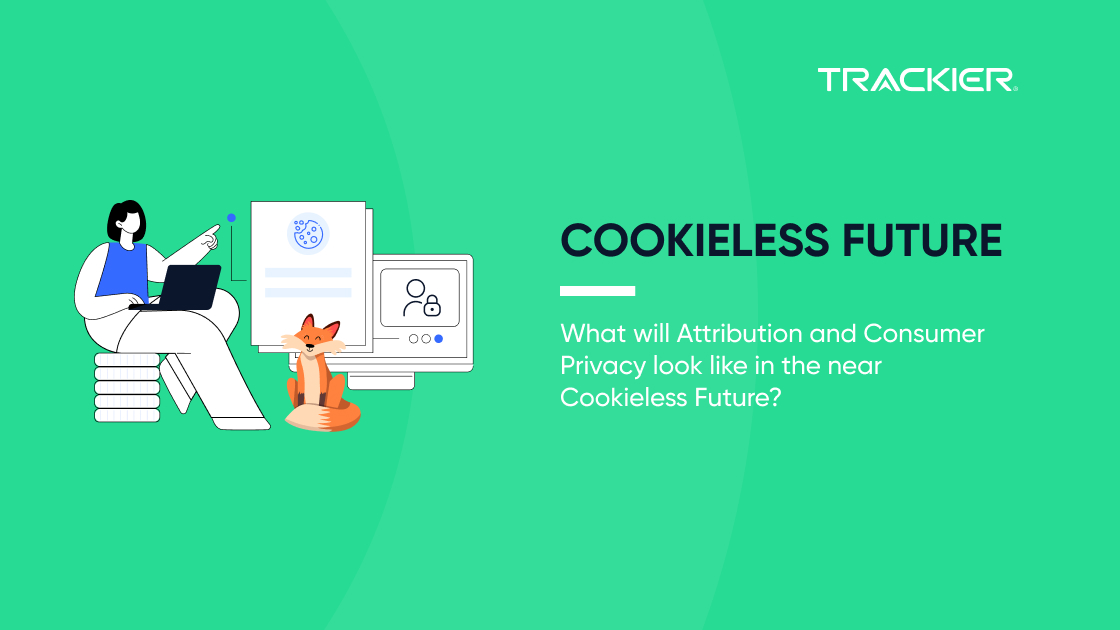According to the latest data by PrimeAudience, marketers in 2024 are better prepared for the impending third party cookie cull than they were last year. In fact, 88% of US marketers are confident about their strategy without the 3PC, focussing more on contextual targeting, location-based advertising, first party data, and more. If you’re among the remaining 15%, the ship hasn’t sailed yet. There’s still plenty of months (around a quarter) to figure out the third party cookies escape.
In this blog, we’ll expand on one of many alternatives to cookie-based targeting and that is – Location-based advertising. As we dive deeper, we’ll discuss in more detail how location-based advertising can be your north star as the cookie lighthouse loses its guiding light.
By the end, you’ll be equipped with a clear understanding of how location-based advertising among other cookieless advertising methods can help you navigate the marketing landscape in 2024 and beyond.
So, buckle up and get ready to discover the untapped potential of location-based advertising!
What is Location-Based Advertising?
Location-based advertising is the form of advertising that uses mobile users’ current or past locations to target them with relevant content (or ads). These content can include push notifications, personalized offers, SMS, etc. to often draw the users to a retail store.
Unlike the traditional advertising that uses users’ behavioral data like demographics, preferences, last purchase, location-based advertising relies on the users’ real-time or past physical location, offering hyper-focused outreach.
You must have come across different names used in place of location-based advertising, like location marketing, geo-targeting, geolocation marketing, proximity-based marketing and hyperlocal marketing.
If you own a retail store, restaurants, entertainment venues, travel & tourism business, delivery service, cab-hailing mobile app, eCommerce brand, etc. location-based advertising can be the golden key leading you to the treasure of personalized marketing.
However, the benefits of location-based advertising are not limited to the above-mentioned business verticals only. Even the FinTech, fitness & health and media & entertainment brands can benefit from LBA.
Location-Based Advertising: How Does It Work?
Let’s try to understand location-based advertising using an example. Picture yourself as a shopper walking past a coffee shop. Suddenly you receive a pop-up notification from Starbucks mobile app installed in your smartphone, telling you about an amazing discount in an outlet nearby.
That’s the magic of LBA. Here’s the work that goes behind-the-scenes:
- You’ve enabled location services on your smartphone and have allowed Starbucks mobile app to access your location data.
- Your smartphone transmits your location data to Starbucks that you’re nearby (or in a geofence).
- Starbucks instantly sends you a pop-up notification drawing you towards a nearby outlet and that personalized offer was the ‘glue’.
- So when your smartphone entered the geofence set up by Starbucks, the brand targeted you with relevant offers and an ad to close the gap between you and a purchase.
- Voila! That’s how LBA works.
5 Types of Location-Based Advertising
Let’s explore the different types of location-based advertising and their use cases:
Geotargeting
As the name suggests, Geotargeting is serving personalized content to a user based on their location. The prerequisite to geotargeting is the permission granted by the user to the mobile app to access their location. The ad is served in the form of an in-app message or a push notification.
How does it work?
Geotargeting works on the IP address of the user, which corresponds to their country, zip code, etc. pointing towards a precise location. This IP address helps mobile marketer serve the user with personalized ads with offers, sale, or location of an outlet via location-based mobile marketing.
Let’s try to understand it with an example – Imagine yourself Googling ‘coffee shops’ and find only coffee shops near your current location featured on the top spots. This is because Google uses your IP address of your smartphone and fetches search results based on your location.
Goefencing
Geofencing is creating a ‘virtual fence’ within a specific region. When a user enters the perimeter of that fence, they become a target audience for sending personalized ads and content in the form of in-app messages, push notifications, personalized offers, SMSes. This is usually deployed by brands owning a physical store. They establish a geofence around their store, targeting users who enter the perimeter.
How does it work?
Unlike geotargeting, geofencing uses the GPS technology to create a virtual boundary around a target location – for example – a retail store. When a user enters the boundary, they receive a notification/ad.
In a real world example, geofencing is used by brands to send a notification to users about a product in stock at a nearby store, who have already reviewed that product on their online store. Picture yourself visiting a product page of the latest iPhone – you click on the product, add to the cart but don’t complete the purchase. Apple might send you a message informing you about an ongoing sale at a nearby store for the product you wishlisted.
Beaconing
Beacons are small devices that use Bluetooth or Wi-Fi to send signals to special apps on smartphones nearby. This method of advertising works when the target customers are within a small geographic area – example – a bluetooth or wifi network range. This type of location-based marketing requires users to give app owners permission to access their Bluetooth data.
How does it work?
Beacons send signals to the target users’ device to prompt a server to serve an ad to their device. The served ad could be a notification, msg, email, etc.
A real world use case of beaconing is during sports events in a large stadium. People with an app installed in their smartphone receive food menu, info about nearby kiosks, etc. via beaconing.
Mobile Targeting
Mobile targeting is the type of location-based targeting that involves targeting customers with ads on their mobile devices. The ads are served on the basis of their time, device or location.
How does it work?
For mobile targeting, mobile marketers require MMP like Trackier to create campaigns that define who to target, when and with what. Targeting can also be done on the basis of their location – when they enter a certain area or are in proximity of a retail store.
Geo-Conquesting
Unlike geotargeting, geo-conquesting is the type of location-based marketing that uses location data to drive customers away from competitors. When a user enters a geographic location of a competitor’s store or shop, ads can be served to them to drive them away from the competitor’s business with specialized offers or discounts.
How does it work?
Geo-conquesting also uses GPS technology to target customers in a particular location, in this case, it is usually the competitor’s location.
Food giants like McDonalds and Burger King often use geo-conquesting to drive customers away from each other’s outlets with special promotions. As ethical as it might sound, it’s a commonly practiced marketing strategy by B2C brands.
How to Leverage Location-Based Advertising
In the above section, we’re explained in detail what location-based advertising and what are its types. Now it’s time to dive deep into practical implementation: Let’s explore proven strategies, actionable steps, and real-world examples to seamlessly integrate LBA into your marketing mix.
Contextual Targeting
Marketers can use targeted ads based on the user’s physical location, reaching them with the specific content about a retail store in their proximity, airports, or competitor location. Contextual triggers are not limited to location but can also include weather, time of the day, nearby events to deliver personalized ads to the audience.
Marketers can use geolocation APIs (with user consent) or partner with location data providers to allow more granular targeting based on user’s locations.
- Utilize advertising platforms like Google Ads, Meta Ads, etc. that provide specialized geofencing features. You can set up campaigns targeting specific geofence or location and trigger ads based on the user’s movement.
- Marketers can also use location fetched by mobile app (with user consent) to deliver personalized offers to users when they are nearby your physical location or a place where your mobile app could be used by them (for example: airports for cab hailing service app).
Using First Party & Zero Party Data
The biggest question that remains in any type of marketing strategy in 2024 is: Is it privacy-friendly? When location-based advertising is concerned, the answer is – it depends. Marketers have to be very careful when collecting user data – it should be in line with user consent where they should be clearly informed where and how you’re going to use their data and how it will benefit them. Here’s how you can use first party and zero party data for location-based advertising.
Segment by Past Location Behavior
- Access location via app permissions and identify how your user interacts with your app in different locations. You can identify areas with high concentration of your user interacting with your app, and target similar locations for your future ads.
- Identify frequently visited locations by your users and target ads based on these areas.
- Analyze user behavior patterns when they are in certain locations. For example, if your user frequently makes a purchase when they’re in a certain area. Cab-hailing services often use this method to send personalized offers when their users are in their frequented area.
Proximity Marketing
Use proximity marketing solutions like BLE and beacons to trigger in-app promotions and notifications based on users’ proximity to certain locations. For example: If you own a physical salon as well as a mobile app to book appointments for the salon, you can send personalized offers to users when they are within 500 meter radius of your physical location.
Please note: Clearly communicate to your mobile app users that you’re accessing their location data to personalize their user experience on the app and target them with relevant offers.
Add Location Data to Customer Touchpoint
Leverage a multi-touch attribution model to analyze user behavior and location data across app touchpoints. This will help you identify how specific locations contribute to conversions. Add metrics to track foot traffic in your retail store, in-store engagement, and purchases driven by location-based advertising.
Targeting Based on Time & Location
To make contextual advertising more personal, consider adding targeting users based on their current location as well as the time of the day. Time-based marketing works similar to geotargeting, with the only difference being that now your ads are defined not just by location but also by time.
For example, Let’s say you own a coffee shop chain. You can use LBA to show personalized ads to your app users in the following ways.
- For morning commuters, you can target people within 500m of your shop with a custom offer giving them a 20% discount on their morning coffee.
- Similarly, for the lunchtime crowd you can give an option to users within 500 m of your shop to pre-order their lunch at your cafe and save time.
The key benefit of location-based advertising is that a business doesn’t need to be popular to get conversions using LBA. As long as the business is targeting users with the right content at the right time, they can punch above their weight and attract customers they might not have reached otherwise.
Location-Based Recommendations
Location-based recommendations is by far, the best use of LBA. You can use the location data of your app users to target them with tailored recommendations that suit their location. For example, if you own an apparel brand with a mobile app as well as retail store, and your user’s current location is Chicago in December, you can target them with personalized offers on warm clothes along with a location pin to your nearby retail store.
This signifies your brand’s dedication towards providing tailored experience to its customers.
Is Location-Based Advertising Privacy Friendly?
User location data is sensitive and requires stricter measures while handling it. However, with careful handling, and clear communication, marketers can utilize LBA without compromising user privacy.
- Proper handling of user data should be done at all times, making sure that the sensitive information is safe from potential breaches and thefts.
- Users should have freedom to opt-out of location tracking and have control over their data.
- It should be clearly communicated that you’re using their location data for targeting before accessing permission.
Looking Into The Future of Location-Based Advertising
According to the latest study by Polaris Market Research, the global location-based advertising revenue is set to rise to USD 386.77 billion by 2032. This implies that the implementation of LBA isn’t going to slow down in the coming decade as well. The growth is driven by 3 key drivers, namely, penetration of mobile devices among populations, advancement in location technology, and the customer’s preference for personalized advertisement.
Overall, the future of LBA appears promising, but success will depend on navigating the challenges around privacy, ethics, and measurement while delivering valuable and relevant experiences to users.
Don’t want to miss a beat in the world of affiliate marketing? Here’s a quick remedy to save you from FOMO! Follow our WhatsApp Channel Trackier Tribe to get a front row seat to everything marketing.

